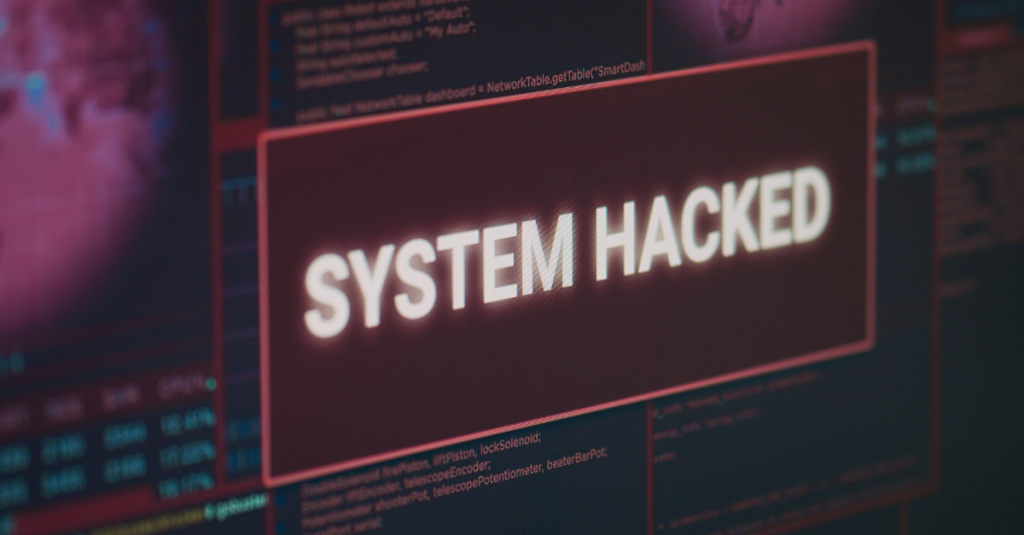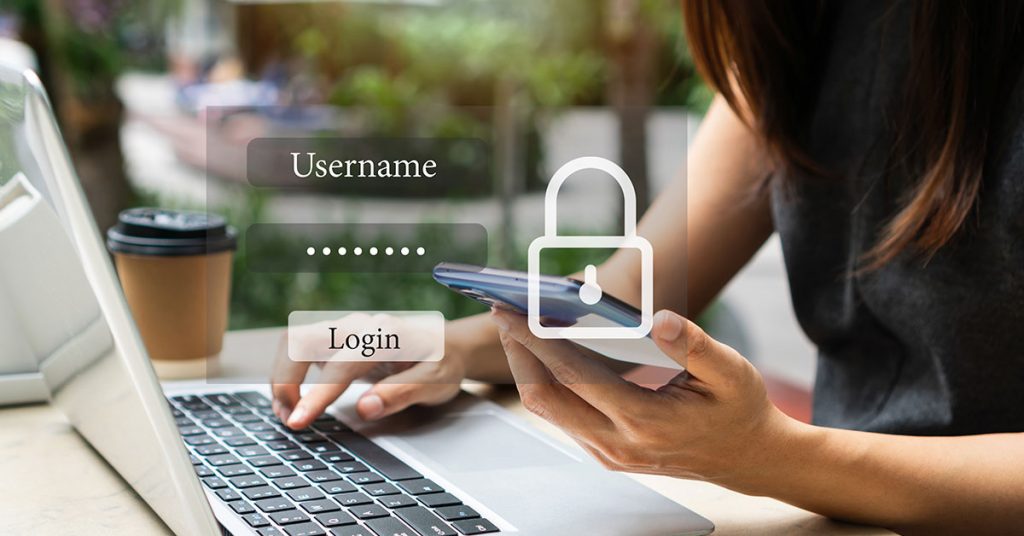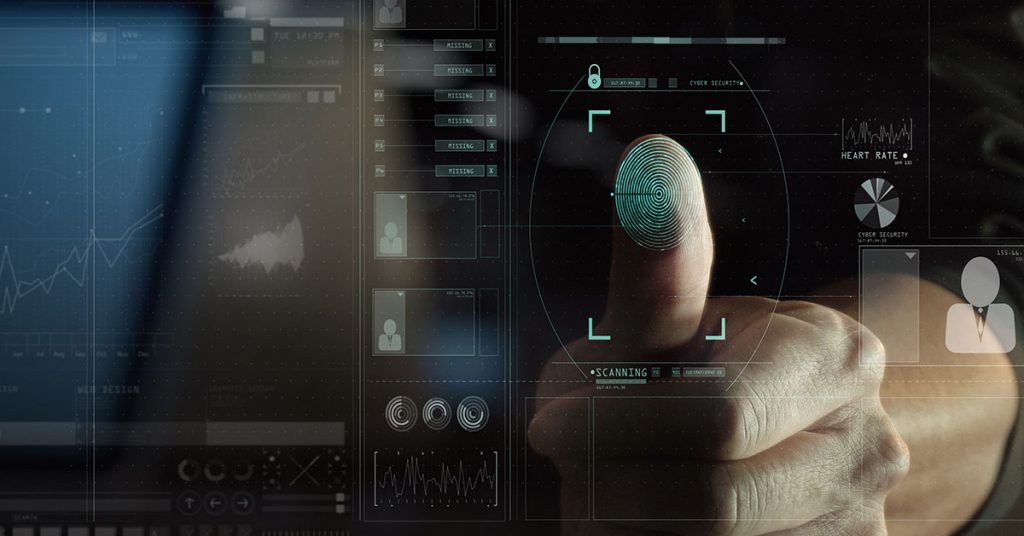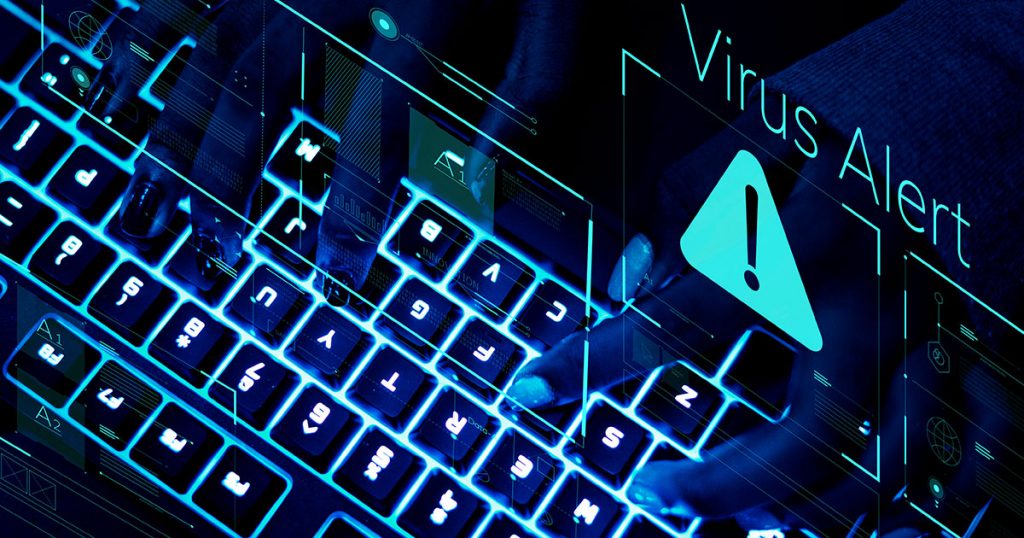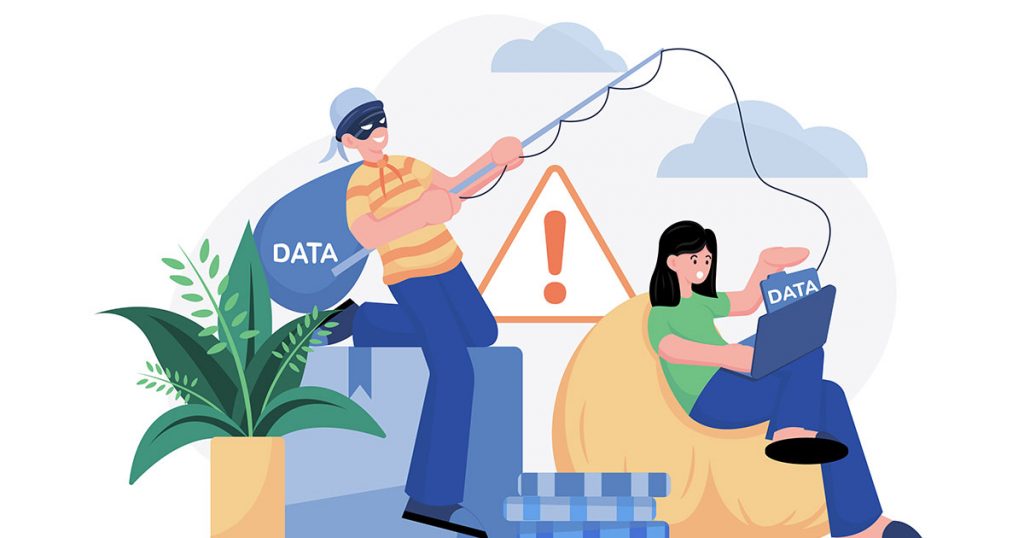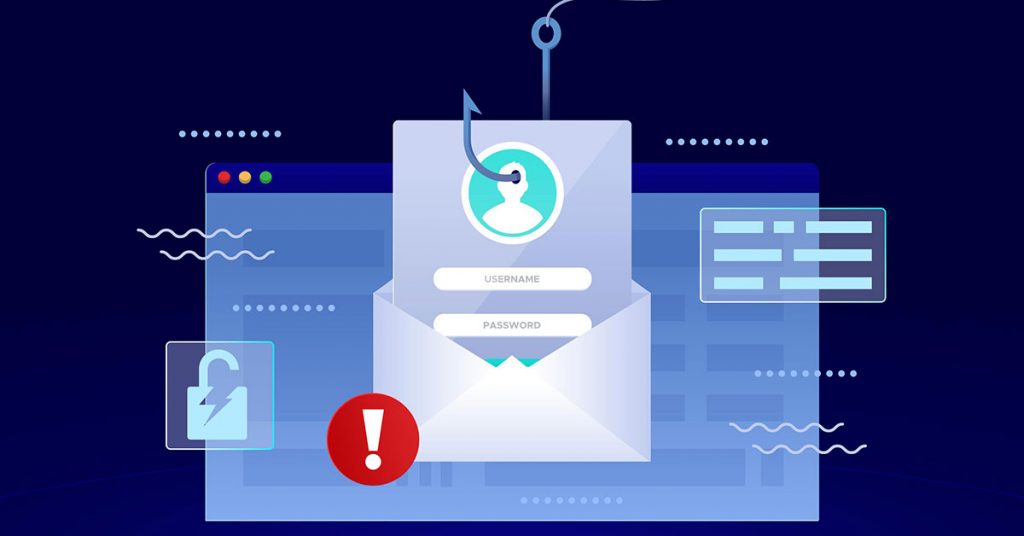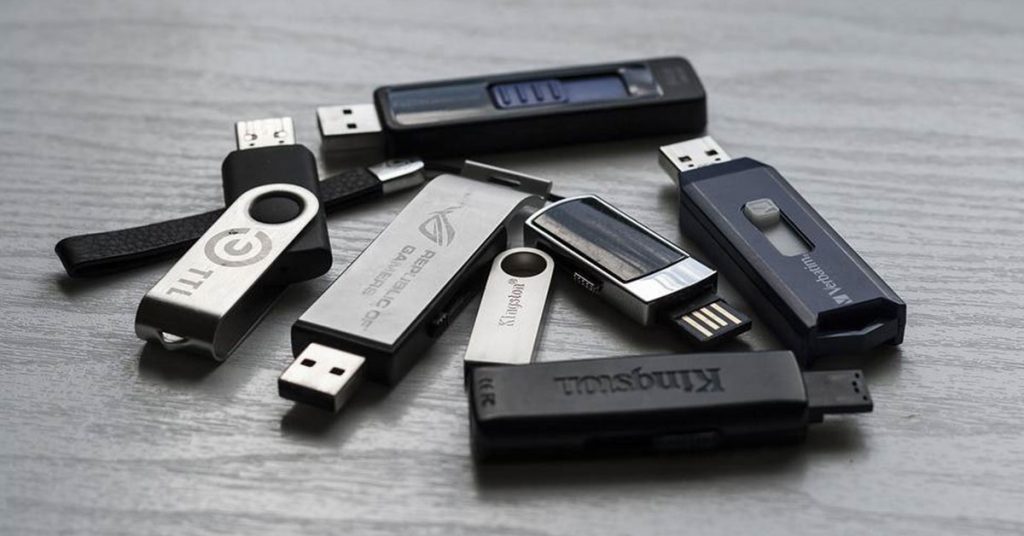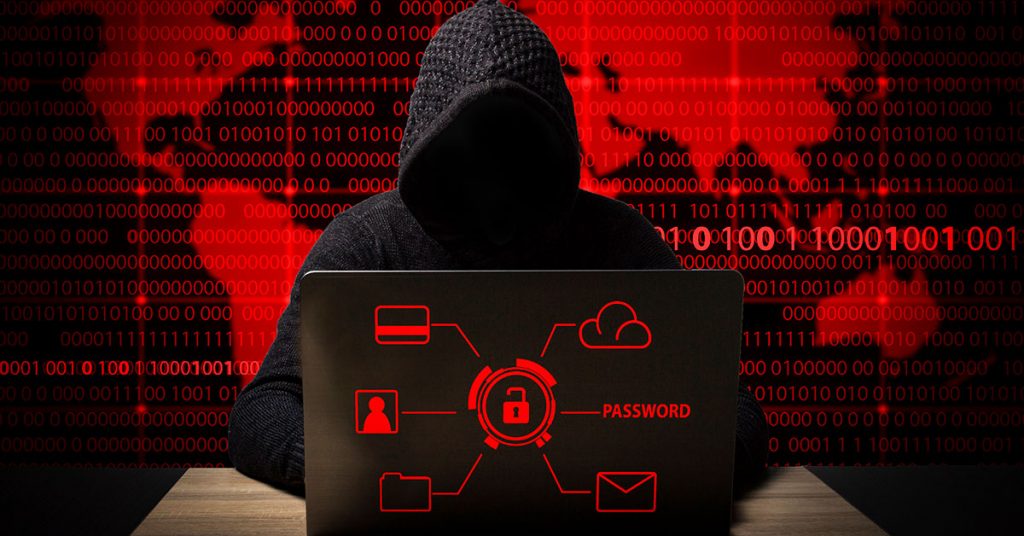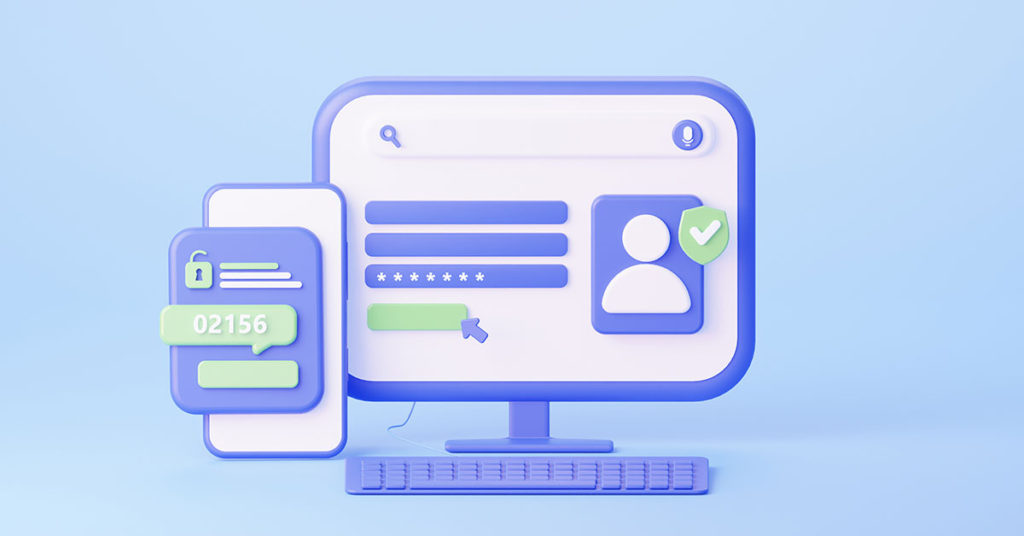January 2024
Data Breaches: A Comprehensive Analysis and Lessons Learned
It seems these days that you can’t open the news or check
your email without hearing about another major data breach. However, while headlines tend to focus on the massive scale of these breaches, it’s equally important to dig deeper. Want to more read here.
December 2023
Protecting Our Digital Nest: A Guide to Cyber Security for Families
As we spend more time online, cyber security has become a top concern for many individuals and businesses. We may be living in an increasingly tech-driven world, but there are still risks to be aware of. But what exactly is cyber security? Read here to know more.
November 2023
Watch out for Phishing Emails and Cyber Security Risks during the Holiday Seasons
It’s no longer enough to have a strong password simply; we recommend implementing two-factor authentication for an added layer of security. Additionally, ensuring that your network is secure is critical for safeguarding sensitive data.
October 2023
Online Privacy: Guide for Securing Your Remote Work Environment from Cyber Threats
Remote work has many advantages, including flexibility and
cost savings. However, it also presents unique challenges in
terms of cyber security. Exploring the world of cyber threats, we find that they majorly affect remote workers through phishing attacks, ransomware, and unsecured Wi-Fi connections.
September 2023
Safe Browsing Habits: Avoiding Malicious Websites and Downloads
It’s no secret that browsing the internet is like navigating an open minefield full of malware and malicious software. Many websites are specially designed to appear trustworthy and appealing so you could submit your sensitive information or unknowingly download malicious files.
August 2023
The Beginner's Guide to Multifactor Authentication
A quick look at haveibeenpwned.com shows startling statistics: passwords aren’t all that effective. Even the best combination of numbers, letters, and special characters can be stolen in several ways.
July 2023
Hackers Are Beating Biometrics - Should You Be Worried?
Biometrics is one of the most effective lines of defense you can use against hackers. They are incredibly convenient and allow you to access your devices and bank account with your biometrics. And they appear to be safe too. After all, only you have access to your fingerprint, iris pattern, and facial pattern.
June 2023
8 Ways to Prevent Data Loss
Data loss not only disrupt productivity for a short period of time but also leads to more permanent problems such as reputational risk, bankruptcy, closures, and fines. Although the cloud has helped many businesses improve remote collaboration …
May 2023
What to do if you are hit by a Ransomware Attack
Ransomware attacks remain at a near-record high, and given the ever-increasing digital surface of businesses, it’s harder than ever to stay protected. It doesn’t help that the prevalence of tools like Ransomware as a Service (RaaS) has further emboldened and empowered hackers, allowing them to launch attacks on an unprecedented scale.
April 2023
Data Backup and Recovery - Best Practices
Data loss is an inevitability – or at least; we should expect them to fail at some point. Reinforcing this mindset would allow organizations to implement various redundancy measures for backing up data in the event of a cybersecurity breach, hardware failure, or accidental deletion.
March 2023
Practical Ways of Preventing Data Breaches
In the context of countless data breaches that have made news headlines in recent years, the old adage, “prevention is better than cure,” definitely applies to cybersecurity. Responding to a data breach is a chaotic and complex task.
February 2023
Password Management Best Practices - Tips for Selecting and Managing Your Passwords
Reports of cybersecurity breaches have saturated the news and media. Every day, we wake up, shake our heads over reports of another data breach, and get on with our day.
January 2023
What is a Social Engineering Attack and How to Protect Yourself
Social engineering is the use of psychological manipulation to trick unsuspecting users into giving away information or downloading infected code for malicious purposes. The fact that social engineering relies on human error rather than flaws in software…
December 2022
How to Protect Yourself from Identity Theft Online
Online cases of identity theft have run rampant over the years as more people increase their digital presence. Nearly everyone is using digital interfaces – not just for entertainment and social media, but for accessing financial and healthcare services.
November 2022
Security Practices for Removable Media and Devices
Portable hardware such as removable media are often relied on for storing secondary copies of sensitive data. They include everything from USB and SD cards to CF and external hard drives. Their portability, ease of use, and increasing capacities…
October 2022
Email Security Practices You Should Follow
Emails have become an integral part of our lives, serving as one of the primary channels through which we exchange information and interact with others. While it is a wonderful resource for staying connected with coworkers, vendors, and clients, …
September 2022
How to Avoid Ransomware Attacks
It’s official – cybercriminals are now using automation to scale the ferocity and volume of ransomware attacks. To make matters worse, Ransomware as a Service (RaaS) groups are crawling out of the woodworks and arming…
August 2022
MFA – What is MFA and Why it is Important
For every business – big or small – security is of paramount importance in today’s hyper-connected digital space. Because nothing tanks your bottom line more than an intrusion due to a security lapse. There are thousands of security tools deployed to protect cyber attack vectors, including multi-factor authentication.

